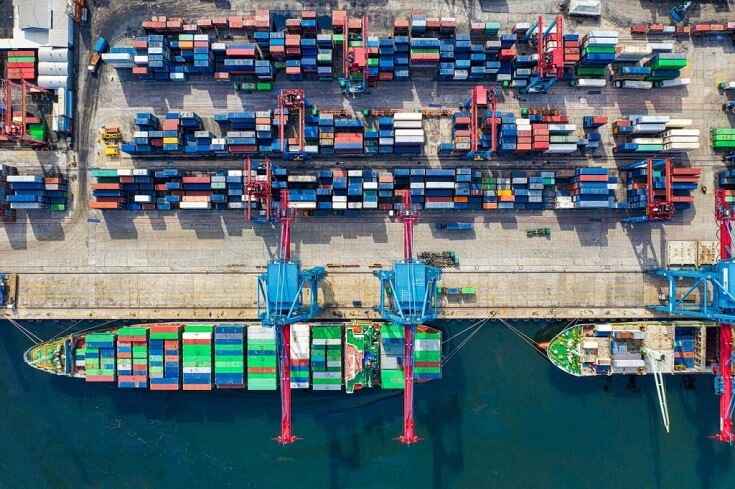Distribution, in the context of business, refers to the process of moving products from producers to the hands of consumers. It is a crucial element in the supply chain, playing a vital role in ensuring that products are accessible to the target market.
Definition of Distribution
Distribution involves a series of steps that include transportation, storage, and inventory management to ensure efficient product delivery to consumers. It encompasses not only physical shipment but also strategies to reach customers.
Understanding distribution is essential for optimizing the supply chain. By knowing how products reach consumers, companies can identify potential areas for efficiency improvement and cost savings.
Functions of Distribution
1. Connecting Producers and Consumers
Distribution serves as a vital bridge between producers and consumers, involving various methods ranging from direct distribution to third-party involvement. Through distribution, products can reach the market quickly and effectively.
2. Ensuring Availability
The distribution function also includes stock handling and product maintenance. Ensuring product availability in the right locations and at the right time is essential to meet consumer demand.
Types of Distribution
1. Intensive Distribution
In intensive distribution, products are sold through as many channels as possible. This is commonly applied to everyday consumer products that require extensive distribution.
2. Selective Distribution
Selective distribution involves selecting specific distribution channels based on product characteristics and target market. It provides manufacturers with more control while maintaining efficiency.
3. Exclusive Distribution
Exclusive distribution is limited to highly selected distribution channels. It is typically applied to premium products relying on an exclusive image.
Objectives of Distribution
1. Improving Product Accessibility
One of the objectives of distribution is to make products easily accessible to consumers. By placing products in various locations, companies can reach more potential customers.
2. Minimizing Distribution Costs
Optimizing distribution aims to reduce costs. By identifying the most efficient distribution routes and methods, companies can save on logistics expenses.
Stages of Distribution
1. Product Collection
The first stage involves collecting products from the manufacturer, including packaging and preparation for shipment.
2. Storage and Maintenance
Products are carefully stored to ensure their quality is maintained before reaching consumers.
3. Distribution to Retailers
The distribution process involves delivering products to retailers or agents who then sell them to consumers.
4. Distribution to Consumers
The final step is getting the product into the hands of end consumers, completing the full distribution cycle.
In the competitive business world, a solid understanding of distribution is key to success. By optimizing distribution processes, companies can reach more consumers, improve efficiency, and reduce operational costs.



